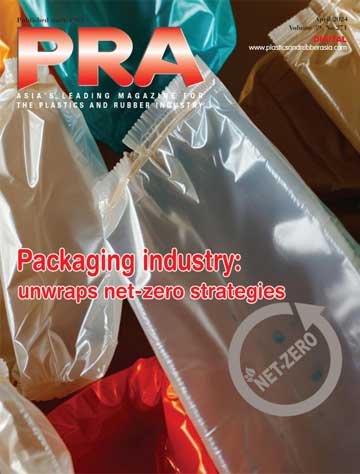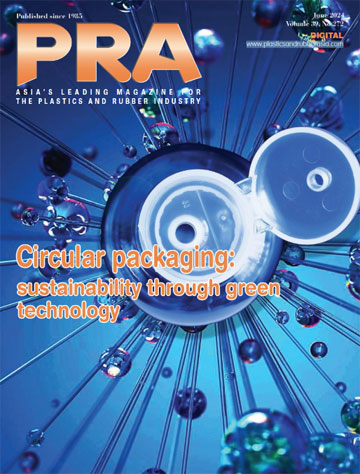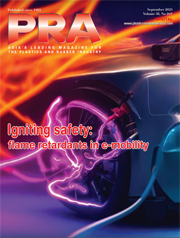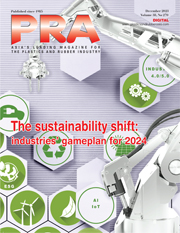Green Technology: Finding the “perfect” packaging that more than meets the eye (Part 1)
Innovation in packaging involves collaboration to create sustainable solutions that serve their purpose and resonate with users. Materials firm Dow’s 35th Packaging Innovation Awards (PIA) seek packaging that meets sustainability and innovation criteria, says Angelica Buan, who joined a fireside chat with the jury of the awards to find out more on the power of packaging innovation for human progress.
Creativity meets technology
In the search for better packaging, the idea of a circular economy, where products are reused, recycled, and kept in circulation as long as possible, has become a key focus. Now, thanks to new green technologies, what once seemed impossible is becoming possible. Innovative solutions are now helping create packaging that meets the high standards of circularity, changing how we view waste as a potential resource.
As such, Dow’s 35th Packaging Innovation Awards (PIA) showcase the latest innovative designs that address challenges across the packaging value chain.
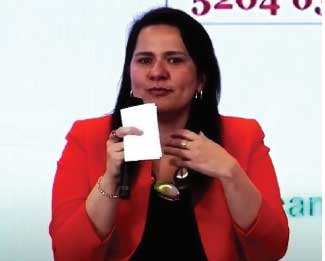
PIA’s criteria are stringent, with the jurors evaluating the entries based on three categories: technological advancement, sustainable/responsible packaging, which embodies the principles of the circular economy, and lastly, enhanced user experience.
Providing solutions to a myriad of challenges in the packaging segment is no easy task. However, collective efforts, ingenuity, and R&D that build upon existing solutions enable continued innovation in packaging. “Innovation is the only way to bring progress to the packaging industry,” according to Daniella Souza Miranda, Global Marketing Director of Dow, and a panelist during the fireside chat session on the topic titled “Unleashing the Potential of Progress through Innovative Packaging,” held recently in Thailand.
Currently, sustainability is the innovation model for various industries, especially for plastic packaging and packaging in general, which account for a significant share of generated waste, said the panelists.
Collaboration is key
Collaboration is advancing packaging and the supply chain by pooling diverse expertise and resources. By integrating stakeholders from manufacturing to retail, collaborative efforts streamline operations, improve product safety, and reduce environmental impact.
For instance, Dow's Pack Studio fosters collaboration by providing space for designing recyclable products and developing/testing packaging solutions aimed at waste reduction.
“Dow’s Pack Studios are a big hub for collaboration. Those are our centres of innovations and we have several across the globe. One thing that we developed recently is that you don't need to be physically present at Pack Studios to innovate,” Daniella said.
According to Dow, the connected platform is accessible from anywhere, featuring a combination of facilities offering equipment, labs, and testing capabilities paired with a network of packaging experts.
Pack Studios locations around the world offer pilot-scale production capabilities: from nine-layer blown film lines to vertical form fill seal packaging lines and more. The studios boast technology that enables quick development and testing of concepts, preparing them for use so users can keep their commercial lines running.
Meanwhile, Gautam Bhattacharjee, Senior Director of R&D Packaging at P&G opined that the innovation cannot be handled singly. “The value chain is increasingly critical in the innovation process because nowadays, innovation cannot occur in isolation. Instead, it necessitates partnerships and collaboration across different stages. It's about fostering relationships and leveraging expertise across the value chain, from raw materials to the end consumer,” he explained, implying that this holistic approach not only enhances the quality and efficiency of innovation but also ensures that solutions are well-integrated and impactful in the market.
He furthered: "For example, suppose a brand owner manufactures a shampoo and detergent but does not manufacture packaging. Without the packaging converter and the material supplier that enables the packaging converter to convert the materials into packaging, one cannot innovate the optimal packaging solution.”
READ: Green Technology: Finding the “perfect” packaging that more than meets the eye (Part 2)
(PRA)SUBSCRIBE to Get the Latest Updates from PRA Click Here»

